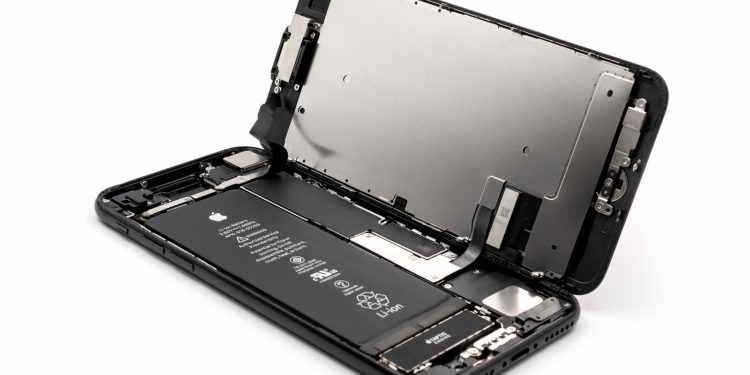The iPhone 17 Pro, expected in 2025, could bring a game-changing change in the field of smartphone technology. Ming-Chi Kuo, a respected analyst, has made an interesting prediction involving the use of resin-coated copper (RCC) in future iPhones. This could revolutionize the way smartphones are manufactured. Below, we will explore the latest information on this exciting topic and how the iPhone 17 Pro could stand out from its predecessors.
RCC, a material that can not only reduce the thickness of the motherboard but also optimize the manufacturing process, is currently being considered by Apple. However, it is important to note that this innovative material is not expected to be used in the iPhone 16 in 2024 as there are still some technical challenges to overcome. Loud According to Kuo, RCC is promising but not immediately ready for use due to its fragility and lack of resistance to drop tests.
The path to the possible introduction of RCC
The main question now is when will Apple use this technology in its iPhones. Kuo revealed that Ajinomoto is the leading supplier of RCC materials and that a possible introduction of the material in the high-end models of the iPhone 17 in 2025 is being considered. However, this depends on whether Apple and Ajinomoto can continue to improve the RCC material by the third quarter of 2024. RCC offers several advantages that could make the iPhone 17 Pro an impressive device.
The Benefits of RCC for the iPhone 17 Pro
Using fiber-free components allows the smartphone's motherboard to be made thinner, saving space inside the device. This could mean that Apple can include more features or a larger battery in the iPhone to further improve the user experience. In addition, RCC makes the manufacturing process easier as it does not contain fiber optics that could be problematic when drilling. This could help increase manufacturing efficiency and ultimately reduce production costs.
Outlook for the Future
Overall, the iPhone 17 Pro could be an exciting development for the world of smartphones thanks to the use of RCC materials and the space saving on the motherboard. Although the iPhone 16 will not introduce this technology yet, the high-end models of the iPhone 17 could benefit from it in 2025. However, it is important to keep an eye on further developments in this area as they could significantly shape the future of smartphone technology. Apple remains true to its tradition of using innovative technologies to exceed consumer expectations and the iPhone 17 Pro could be another impressive example of this. (Photo by Poravute Siriphiroon / Bigstockphoto)





